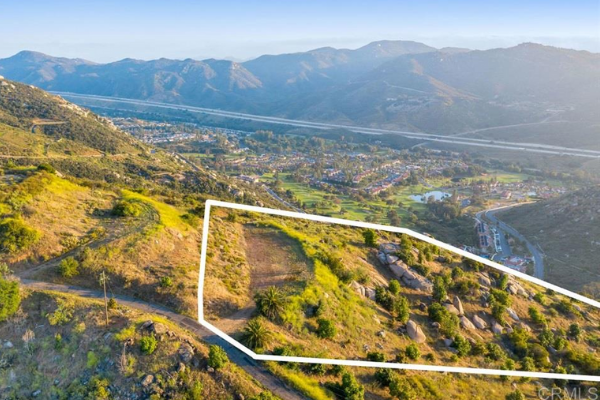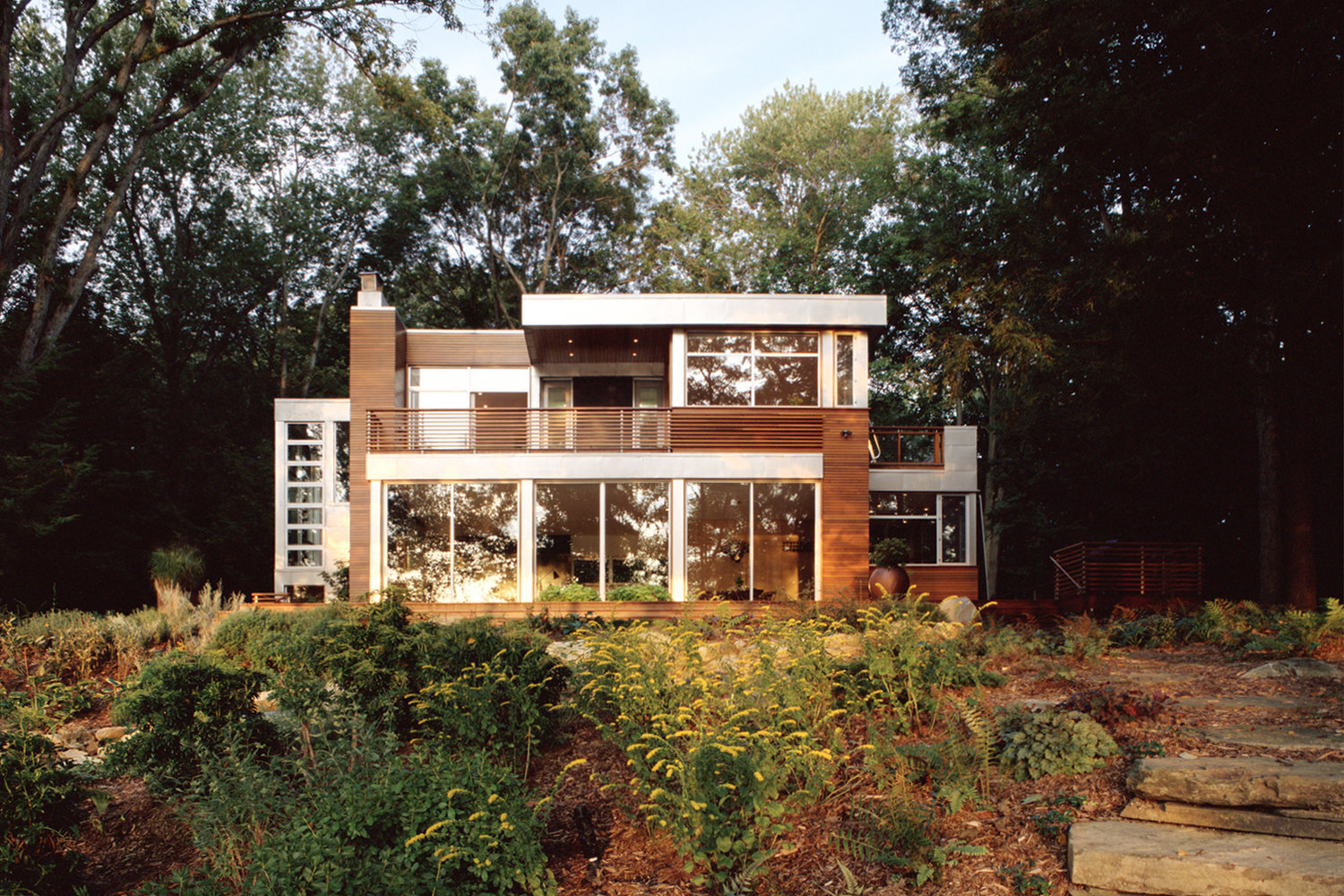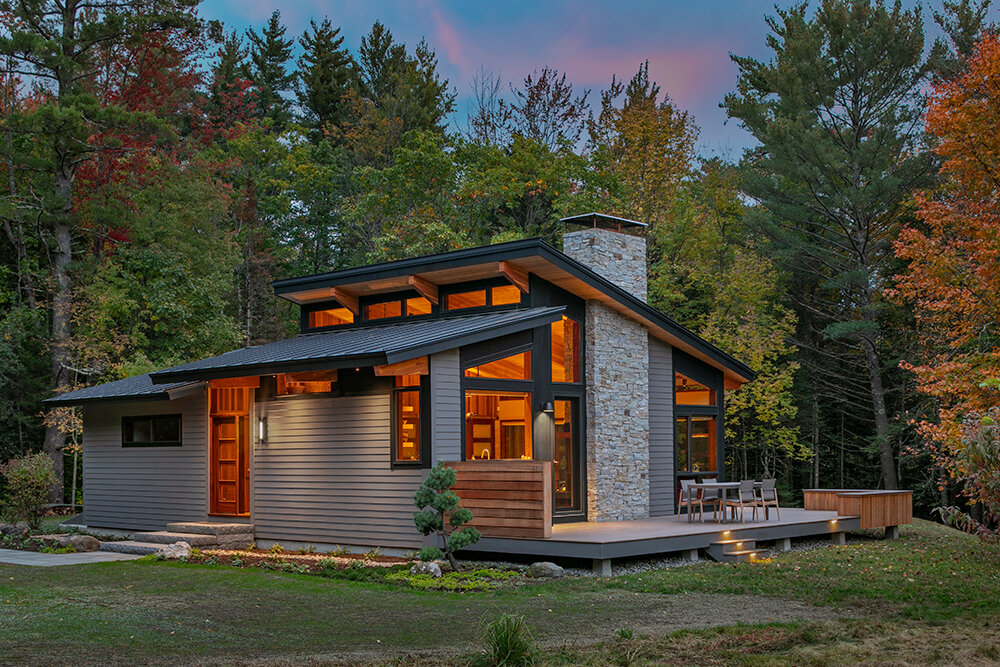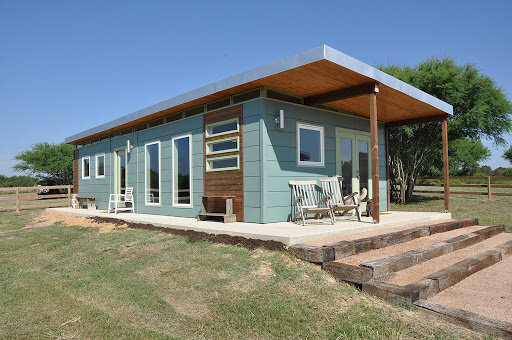Guide to Finding & Evaluating Land for New Prefab & Modular Home Construction

Building a new prefab or modular home can be a wise decision. Depending on the project, prefab houses can be built cheaper, quicker, and with less waste than their standard, site-built counterparts. It is no surprise then that we have seen a significant increase in the number of individuals turning to prefab construction (including modular) for their primary residence or investment property. However, deciding to build a home (and maybe even choosing a builder) is only half the battle.
Another significant component of building a new home is deciding where, exactly, to build it. While individuals who already own land have it slightly easier than non-landowners, they still have to determine whether or not they can build a prefab home on their property. Non-landowners, on the other hand, must start from scratch to find and evaluate potential locations for their project.
Because assessing a lot’s fit for a prefab home is not a very common task for most people, this step in the process can generate. As a company, we have helped on hundreds of home-build projects, and in doing so, evaluated thousands of plots of land. So to help demystify the process of finding and choosing an appropriate lot we spoke with architect & prefab home expert, Toby Long of Clever Homes.
Using the takeaways from our conversation, we put together this guide to finding land for a new prefab or modular home as well as a helpful checklist that can be used when performing due diligence on a potential new property.
To better demonstrate how you should be evaluating land for a potential home, we also included a selection of 5 different lots along with an analysis of each lot’s suitability for a prefab home. If you would like assistance specific to your project, consider working with our Prefab Concierge team for help with evaluating the land, identifying builders, and more.
Finding & Evaluating Land for a New Prefab or Modular Home
When deciding where you would like to build a new prefab home, initially finding potential locations is not the difficult part. This is made easy by sites like Zillow and Redfin or even a local real estate agent. Instead, evaluating each option (whether it be a vacant lot or a teardown) is often the “challenging” part. And we put the word challenging in quotations because while evaluating land might be tricky for first-time home builders or those just beginning their research, with practice and our checklist, the process becomes much simpler.
Frameworks for Assessing Land
When working with customers who are evaluating land for a potential project, we often recommend they use our land due diligence checklist to identify any potential problems with the lot. That way, first-time home builders can begin to answer two important questions about the lot they are considering: Is it possible to build a prefab home on this lot? And, does it make sense to build a prefab home on this lot? Together, your answers to these two questions form a framework to help you determine a lot’s suitability for your project.
Is it Possible?
This question is fairly straightforward. When looking at a plot of land, you must consider whether or not there are any circumstances that would prohibit or prevent a home from being built there.
Situations that might make it impossible to build a new prefab home at a specific location include things like zoning, limited site access, or land that is unsuitable to build on.
Does it Make Sense?
Due in part to the somewhat-subjective nature of the question, this framework (and the checklist items that answer it) is a bit more nuanced than the one above. Whether or not a home can actually be built is rather cut and dry. Whether or not a project makes sense is slightly subjective and can vary from project to project.
For example, a lot with high estimated site clearing costs (let’s estimate $100,000) might not be a dealbreaker for a buyer looking for a $2M custom home. For an individual looking for a $450,000 house, however, that same lot is likely not a good fit.
Another situation could be when the new building costs (with a specific focus on lot improvements) exceed the comps for similar homes in the area. So while this doesn’t prohibit you from building a home, it might not be a wise financial decision. For example, a plot of land with bad geological conditions (poor soil, on a hill, near a fault line, etc), might require a specially engineered foundation. This could take the project from a $400/sqft price tag to $700/sqft. If the home you are planning to build has comps in the $400/sqft - $500/sqft range, the home becomes substantially more expensive than what you could expect to receive on your initial investment should you sell it.
Together, this framework (guided by the questions outlined in the checklist below), can help you make a determination not only on the possibility to build on a property but also if it is a wise decision to do so.
Land Evaluation Checklist for a New Prefab Home
To help answer the questions of whether you are allowed to build and whether it makes sense to build on a certain piece of land, there are several categories to be mindful of. As you begin to consider new plots of land and their fit for your project, we recommend that you use the checklist below to help identify any common situations that might prohibit or, at the very least, discourage you from building in a certain area.
| Category | Question | Why it Matters | How to Check |
| Site Access | Can the site be accessed by the necessary cranes and trucks? | If you want to build modular in particular, but also often kit, you’ll need to be able to get a truck, and often a crane, that can carry a large modular structure close to your house. These modules, especially for a full-size home can be 14+ ft wide x 40+ ft long, so you need a road that is wide enough for a truck to carry a structure that large to very close to the spot where the home will rest. You also need a road that doesn’t have any turns that are so extreme that a large truck wouldn’t be able to complete them. |
You can typically call a local crane company and they’ll give you a free answer on if the site is doable and for which of their cranes. Note: that not all prefab homes require cranes, but most modular homes do and many panelized ones do. If you already have a builder/company in mind, they can inform you of their construction methods. |
| Is there access to the property from a working road? | Make sure there are no easements needed or other issues in actually driving to the property. | This can be checked with your local planning department. | |
| Are there power lines that would make installation difficult? | Powerlines aren’t an automatic deal breaker but they can make things more complicated. If there are power lines directly in front of your house | ||
| Local Work | Has a manufacturer/contractor/engineer evaluated the site and determined that they are able to work at the location? | These three groups are the primary parties responsible for your project. When they look at your lot, the key things these parties will often evaluate are: - Can the site support the necessary foundation for the home? - Does the contractor feel comfortable working at the site (usually this is about access / difficulty / ability to permit it)? - Is there anything so complicated or expensive that it would make the project extremely difficult to execute? |
If you already have a builder (or several builders) in mind for your project, it can be helpful to share your lot information with them and they too, can asses the property. In some cases they may be able to recommend contractors & engineers. |
| Site Conditions | Is there a clear building pad / location for a house? | This is the area that the house will get built on. Ideally, it’s reasonably easy for a crane and construction crew to access. If it’s flattish, that will also make the site more cost controlled. If there is not, then a house can often still be built but the foundation will likely be much more expensive. | |
| Is there an area for a reasonable driveway, if required? | Driveways are often required by municipalities so it is important to make sure that there is space for one that satisfies local regulations. | ||
| Is the slope / shape of the lot buildable within your budget? | Lots that are flatter and closer to the road / utility connections are typically more cost controlled. | ||
| Has a survey and geotechnical report already been completed? | A survey can be helpful if you're trying to understand exactly where on your lot you can build, and is typically needed for the creation of formal architectural and engineering plans A geotechnical report is frequently required for the engineering of the home, particularly in areas with some slope. |
||
| Are utilities stubbed to the property? Are there special connection fees? | You can typically find this out by calling the local planning department or local utility company. | ||
| Regulatory | Are there floor area ratio / max coverage issues that would prevent building your desired size home on this lot? | You can typically find this out from your local municipality’s planning guide or just by calling a planner. | |
| Is there a design review process / HOA for your neighborhood or town? | If so, is your desired aesthetic consistent with it? Review any planning docs or design guides if they exist. | ||
| Are there new construction related issues for your lot? | Call your local planning department and user your APN number or address for reference. | ||
| Other | Is the site in an area at high risk for natural disaster (i.e. fire, earthquake, flood, etc.)? | This is typically listed in disclosures, but if you call an insurance agent, they’ll often also be able to inform you about this. |
Four other aspects of diligence that we advise people to look into when evaluating land purchases for prefab or any new construction that are not explicitly on our checklist:
| Question | Why it Matters | How to Check |
| Can the home be insured at a reasonable cost? | In areas that are at relatively high risk for a natural disaster areas, it can be very difficult to get insurance. The best way to find this out is to call an insurance agent or if the area is a high risk one, then depending on the state, there can be state-sponsored programs for insurance. | Call a local insurance agent and inquire about special circumstances for the property. |
| Does the home pencil both as an investment and for your financing plans? | Does the cost of land + building your ideal structure (including soft costs) align both with your budget and is it an attractive alternative to what you could buy from the existing housing stock? | While not exact, it can be helpful to compare initial cost estimates from the manufacturer & contractor to existing home values in the area, particularly comparable homes for sale. |
| Does the timing of the project align with your life? | There are some areas where projects can be expected to take 2 years+ where as others can be expected to take months. Make sure to discuss with permitting and your builder what they expect the time of the project to take from start to finish so you can make sure it works for you. | |
| Has the home been on the market for a long time? | A long time is probably about 120 days or more in most markets. If the piece of land has been on that long, try to get an explanation of why that might be so you can be sure that you’re not missing any non-obvious deal breakers. |
Examples of Land Due Diligence
To help you practice evaluating a plot of land’s suitability as a new building lot for a prefab home, we spoke with Toby Long regarding 5 different examples. In these scenarios, we typically use modular construction as an example. That is because prefab construction covers a broad range of methods (Modular, Panelized, Post & Beam, Timber Frame, Kit Home, etc.), each one with a unique set of site requirements and needs. To slightly simplify the process, we selected the method that often requires the most complex coordination and site conditions - modular housing. That way, and as is the case for most projects, if a modular home can be built on a site, so can other types of houses.
For each scenario, we have included a link to our in-depth analysis of each plot of land. That includes specific details about the lot, a video of our commentary with Toby Long, and a completed copy of our Land Evaluation Checklist for a New Prefab Home.
Scenario 1: Building a prefab home on an urban infill lot
Scenario 2: Building prefab on a steep hill
Scenario 3: Building prefab on a large amount of raw land
Scenario 4: Building prefab on a teardown or fire rebuild lot
Scenario 5: Building prefab on an SB9 lot split property





